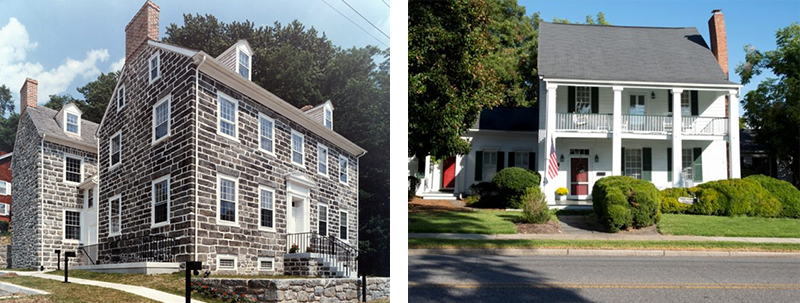Historic Preservation – Rehabilitation Design
Working with older and historic structures, which are often located within a local or national historic district, requires a different sensibility. Historic structures may not always remain in the same use as when they were constructed (such as a grand residence) and may require a different (adapted or repurposed) usage to remain economically viable, or they may need to be expanded because the existing envelope is insufficient to contain the original intended usage. Adding to or altering historic structures (or changing their usage) for the purpose of extending their useful life is the process of Rehabilitation, in which the property’s historic character is respected and retained.

Some of the costs for changes to these structures to extend their useful life may be aided by local and national rehabilitation tax credits. The caveat, however, is that these changes must be in compliance with guidelines established by the National Park Service, known as The Secretary of the Standards for Rehabilitation. All work must be approved in advance by the state Historic Preservation Office or local historic district commission. The goal is always to retain and extend historic fabric while introducing modern systems in an unobtrusive a manner as possible. On this page are a few of the projects I have worked with that have been approved for rehabilitation tax credits.
